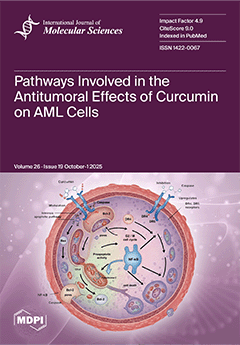Duckweeds are small, fast-growing aquatic plants with high starch and protein content, making them promising candidates for next-generation plant biomass resources. Despite their importance, little is known about their interactions with microorganisms, particularly plant growth-promoting bacteria (PGPB), which play key roles in enhancing
[...] Read more.
Duckweeds are small, fast-growing aquatic plants with high starch and protein content, making them promising candidates for next-generation plant biomass resources. Despite their importance, little is known about their interactions with microorganisms, particularly plant growth-promoting bacteria (PGPB), which play key roles in enhancing plant productivity. In this study, we report the plant growth-promoting effects of strain LA-C6, a member of the phylum
Armatimonadota, isolated from duckweed fronds. Based on 16S rRNA gene analysis, this strain represents a novel genus-level lineage, and is referred to as
Fimbriimonadaceae bacterium strain LA-C6. In axenic co-culture experiments, strain LA-C6 promoted duckweed growth, increasing the frond proliferation of four duckweed species (
Lemna minor,
Lemna aequinoctialis,
Spirodela polyrhiza, and
Landoltia punctata) by 1.8- to 4.0-fold compared with uninoculated controls. Importantly, three other phylogenetically distinct
Armatimonadota species also exhibited significant plant growth-promoting effects on
L. minor, increasing frond number by up to 2.3-fold and dry weight by up to 2.4-fold. This finding highlights the broader potential of diverse
Armatimonadota members as PGP bacteria. A survey of the IMNGS database showed that strain LA-C6 and other
Armatimonadota species are widely distributed across diverse plant-associated environments. Biochemical assays and gene prediction analyses revealed that strain LA-C6 produces indole-3-acetic acid (IAA) as a representative PGP trait, whereas no additional PGP-associated traits were detected. These results suggest that diverse bacterial lineages within the phylum
Armatimonadota exert growth-promoting effects on aquatic plants, potentially through yet-to-be-identified mechanisms.
Full article






